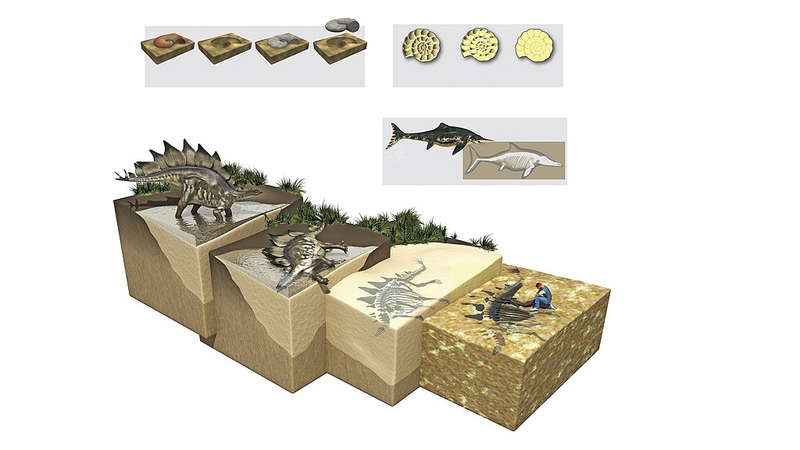How did delicate biomolecules survive 300 million years in fossilized droppings? An international team led by Australia’s Curtin University has cracked the case, revealing how tiny grains of iron carbonate acted as microscopic time capsules within ancient feces.
Diving into coprolites from the Mazon Creek site in the U.S., researchers found cholesterol derivatives—evidence of a meat-based diet—encased by iron carbonate. This mineral shield, not phosphate, was the key to preserving molecular traces over eons.
"Fossils don't just preserve shapes; they hold chemical fingerprints of life," says Madison Tripp, adjunct research fellow at Curtin's School of Earth and Planetary Sciences. "It's like finding a treasure chest of biological data safeguarded by carbonate pebbles."
Professor Kliti Grice adds that carbonate minerals have quietly archived biological information throughout Earth’s history. By mapping mineral–molecule partnerships, paleontologists can now target fossil searches that yield richer molecular insights.
The findings pave the way for more precise explorations of ancient ecosystems, diets, and decomposition processes, bringing prehistoric worlds to life in molecular detail.
Reference(s):
cgtn.com



